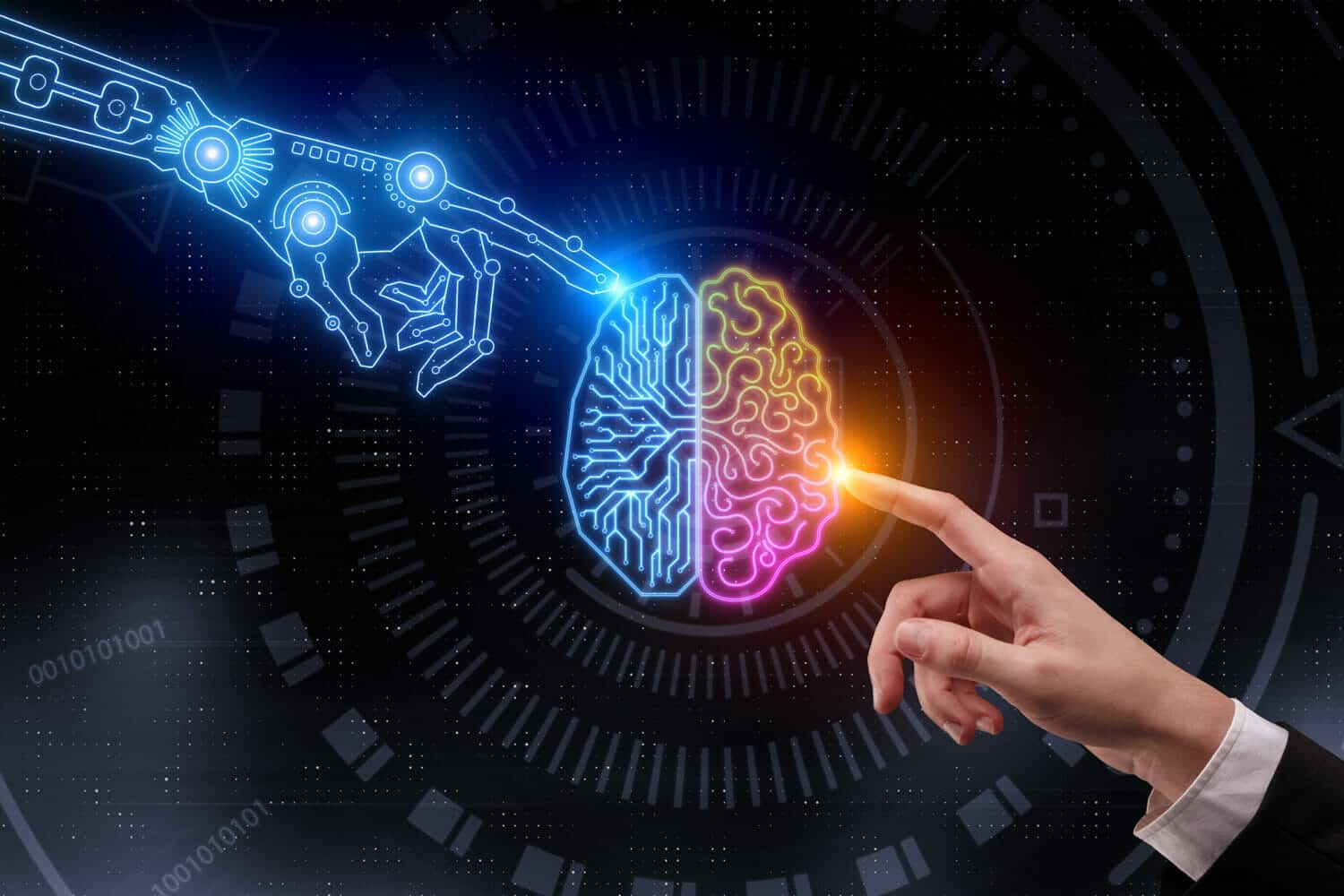Rise by Six: Your Daily Dose of Inspiration
Explore insights and stories that elevate your day.
When Robots Dream: AI's Creative Side
Discover the fascinating world of AI creativity in When Robots Dream. Uncover how machines are reshaping art, music, and imagination!
Exploring the Creative Process: How AI Generates Art and Music
Exploring the Creative Process has become increasingly relevant as we witness the rise of artificial intelligence (AI) in the creative industries. AI systems are designed to analyze vast amounts of data, drawing patterns and insights that can lead to the generation of original forms of art and music. For instance, machine learning algorithms can study existing artwork or musical compositions, learning from the elements that define styles and genres. This ability to replicate and innovate allows AI to create pieces that resonate with human creativity, blurring the lines between man-made and machine-generated art.
The phenomenon of AI-generated creativity is not just limited to visual arts; it extends to music composition as well. AI can produce scores that combine various styles and influences, often surprising listeners with its depth and originality. Artists and musicians are beginning to collaborate with AI tools, using them as creative partners rather than mere assistants. This evolution in the creative process prompts us to consider profound questions: What does it mean to be creative, and can a machine possess creativity in the same sense as a human? Ultimately, exploring these intersections offers exciting possibilities for the future of art and music.

Can Robots Dream? Understanding AI's Imagination
The question Can Robots Dream? invites us to explore the fascinating world of artificial intelligence (AI) and its capabilities. While robots do not possess consciousness like humans, they can simulate an imaginative process through advanced algorithms and machine learning. This allows them to analyze data, recognize patterns, and create outputs that may appear as if they are dreaming. For instance, generative adversarial networks (GANs) are notable AI models that can produce realistic images, music, and even text, revealing a form of AI's imagination that is rooted in the data it has processed.
However, the concept of dreaming in robots is not about creativity in the human sense. Rather, it's a reflection of AI's ability to learn and adapt. Some experts argue that true imagination requires a level of awareness and emotion that robots simply do not have. They operate based on pre-defined algorithms and training data, lacking the subjective experience that characterizes human dreams. As AI continues to evolve, the question remains: can robots ever achieve a form of imaginative thinking that mirrors human creativity, or will their 'dreams' always be a product of data synthesis and computational processes?
The Future of Creativity: AI as a Collaborator in the Arts
The integration of artificial intelligence into the creative process is transforming the way artists, writers, and musicians perceive their craft. As AI becomes a reliable collaborator, it offers innovative tools that can enhance artistic expression and push the boundaries of creativity. For instance, AI algorithms can analyze vast datasets of existing art, literature, and music to identify patterns, styles, and trends. This enables creators to leverage these insights, resulting in unique combinations and approaches that may not have been possible through traditional methods alone.
Moreover, the future of creativity powered by AI invites us to rethink the very essence of art and originality. With AI systems capable of generating new compositions in seconds, the relationship between human intuition and machine learning will continue to evolve. As artists embrace AI as a collaborator, we may witness a new era of co-creation where the lines between human and machine blur. This partnership could lead to an explosion of artistic diversity, offering audiences fresh experiences and challenging their perceptions of what constitutes true creativity.